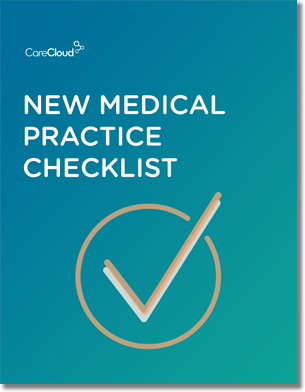Any announcement as anticipated as Meaningful Use Stage 2 final rule is going to leave a few curious minds nitpicking every word in the release.
Therefore, PYP has envisioned the What the ONC Didn’t Discuss series. We dissected the CMS/ONC’s announcement and highlighted important issues and loopholes that weren’t directly addressed.
On this final installment, we’re discussing redundancies in reporting that may or may not be caused by Meaningful Use.
Reporting Redundancies
There has been some talk about CMS’s efforts to align various quality reporting programs so healthcare providers won’t have to continue reporting on similar measures, Meaningful Use, HIPAA, and Physician Quality Reporting Service included.
So let’s fast-forward to 2014. As a physician, you’ll have to perform quality reporting through the PQRS. However, its measure set is being aligned with the EHR incentive program, meaning they’ll be reporting on the same measures.
So not only does CMS’s efforts eliminate redundancy, it would mean you could meet one set of requirements while receiving credit in two places.
There are steps you can take to get PQRS measures to work together with those of the EHR incentive program. If you submit specific PQRS measures through the EHR Measures pilot, you can also zero in on the same sample of recipients for the Medicare EHR Incentive Program and for PQRS simultaneously.
ACOs and Additional Costs
As far as the Medicare Shared Savings Program is concerned – which CMS made official earlier this year – the case isn’t so squeaky clean. The MSSP formalizes policies for ACOs, helping better care of individuals, better health for populations, and larger growth in expenditures.
However, it seems the American Hospital Association (AHA) believes the EHR incentive program could actually burden independent ACOs, seeing as purchasing and implementing electronic health records adds a significant cost to create them.
So while the Medicare Shared Savings Program and Meaningful Use share a number of measures that can be attested to simultaneously, the AHA reports the implementation of an EHR could help lift the start-up costs of an ACO anywhere to $11.6 for a 200-bed, one-hospital system, to $26.1 million for a 1,200 bed, five-hospital system, a hefty increase from the CMS’s $1.8 million average estimates.
Not to mention, half of ACO physicians under the Medicare Shared Savings Program rule no longer have to meet a number of Meaningful Use measures by the second year of the program in order to continue participation, so maybe they don’t overlap as neatly as Meaningful Use and PQRS do.
Are you having trouble meeting too many measures for too many initiatives?
This is the last installment of our What the ONC Didn’t Discuss series. Check out the first and second parts if you missed them!

Do you know what you need when setting up a new medical practice?



